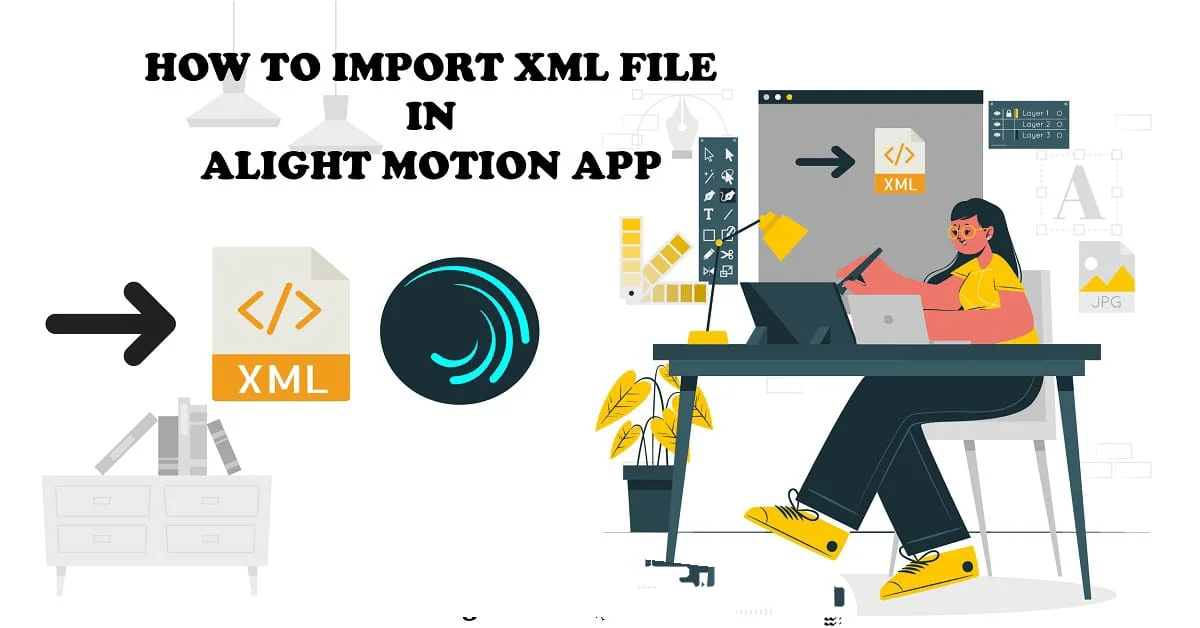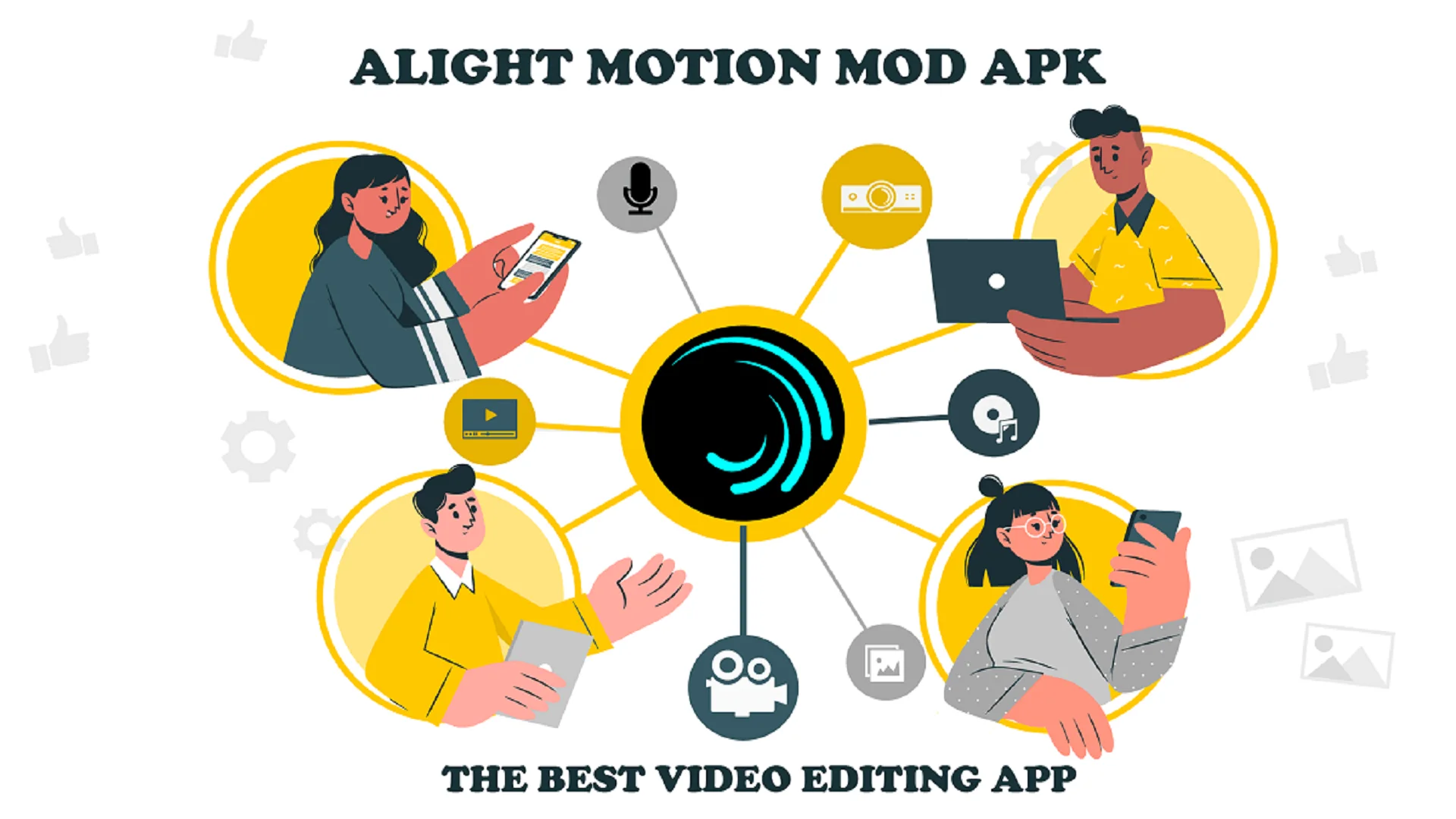Your cart is currently empty!

How to Secure Your iPhone 16: The Ultimate Security Guide
The iPhone 16 is Apple’s latest flagship, packed with cutting-edge technology like quantum-encrypted iMessage, behavioral-based Face ID spoof detection, and real-time malware sandboxing. However, even with these advancements, evolving threats like AI-powered phishing campaigns, zero-day exploits targeting iOS 18’s new features, and Bluetooth-based attack vectors prove no device is completely immune to risks. Physical vulnerabilities—such…
The iPhone 16 is Apple’s latest flagship, packed with cutting-edge technology like quantum-encrypted iMessage, behavioral-based Face ID spoof detection, and real-time malware sandboxing. However, even with these advancements, evolving threats like AI-powered phishing campaigns, zero-day exploits targeting iOS 18’s new features, and Bluetooth-based attack vectors prove no device is completely immune to risks. Physical vulnerabilities—such as shoulder surfing for passcodes or $10 Lightning port malware dongles—add layers of complexity to modern security. To keep your personal information safe, you must pair Apple’s built-in safeguards with proactive habits like app permission audits, network hygiene, and threat-aware device configurations.
Let’s dive in and fortify your iPhone 16’s security against both digital and physical intrusions!
Table of Contents
1. Setting Up Strong Lock Screen Security
Your lock screen is the first defense against unauthorized access.
A. Use a Strong Passcode (Not Just Face ID or Touch ID)
- Avoid simple passcodes like 1234 or 0000.
- Use a 6-digit or custom alphanumeric passcode (Settings > Face ID & Passcode > Change Passcode).
B. Enable Face ID or Touch ID (Biometric Security)
- Face ID (iPhone 16) is highly secure but can be bypassed by twins or lookalikes.
- If using Touch ID, ensure your fingerprint is accurately registered.
C. Disable Lock Screen Access to Sensitive Features
- Go to Settings > Face ID & Passcode and disable:
- Control Center (prevents quick settings changes when locked)
- Notification Previews (hide message content)
- USB Accessories (prevents brute-force attacks via USB)
D. Set Auto-Lock to 30 Seconds or Less
- Go to Settings > Display & Brightness > Auto-Lock and choose the shortest time possible.
2. Enabling Two-Factor Authentication (2FA)
Two-Factor Authentication (2FA) adds an extra layer of security beyond just a password.
How to Enable 2FA on iPhone 16:
- Go to Settings > [Your Name] > Password & Security.
- Tap Turn On Two-Factor Authentication.
Enable 2FA for Key Accounts:
- Apple ID (most important)
- Google, Facebook, Instagram, Twitter, Banking Apps
Best Authenticator Apps (For Non-SMS 2FA):
- Apple’s Built-In 2FA (for Apple ID)
- Google Authenticator
- Microsoft Authenticator
- Authy (supports multi-device sync)
3. Keeping iOS & Apps Updated
Outdated software is a major security risk. Apple releases frequent updates to patch vulnerabilities.
How to Check for iOS Updates:
- Go to Settings > General > Software Update.
- Install the latest iOS 18 (or newer) update.
Enable Automatic Updates:
- Go to Settings > General > Software Update > Automatic Updates and enable:
- Download iOS Updates
- Install iOS Updates
Update Apps Regularly:
- Open the App Store > Profile Icon > Update All.
Why Updates Matter:
- Fixes security flaws
- Improves performance & stability
- Adds new privacy features
4. Managing App Permissions & Privacy Settings
Many apps request unnecessary permissions, risking privacy leaks.
How to Review App Permissions:
- Go to Settings > Privacy & Security.
- Check permissions for:
- Location Services (set to “While Using” or “Never”)
- Microphone & Camera (disable for apps that don’t need them)
- Photos (allow “Selected Photos” instead of full access)
- Tracking (disable “Allow Apps to Request to Track”)
Use App Privacy Report (iOS Feature)
- Go to Settings > Privacy & Security > App Privacy Report to see which apps access your data.
Limit Ad Tracking
- Go to Settings > Privacy & Security > Apple Advertising and disable Personalized Ads.
5. Using a Secure Network (VPN & Wi-Fi Safety)
Public Wi-Fi networks are risky—hackers can intercept your data.
A. Avoid Public Wi-Fi for Sensitive Activities
- Never log into banking, emails, or social media on public Wi-Fi.
B. Use a VPN (Virtual Private Network)
- A VPN encrypts your internet traffic, making it unreadable to hackers.
- Best VPNs for iPhone 16:
- ExpressVPN (fast & secure)
- NordVPN (strong privacy features)
- ProtonVPN (free option available)
C. Enable Private Wi-Fi Address (For Better Privacy)
- Go to Settings > Wi-Fi > Tap (i) Next to Network > Enable Private Address.
D. Use iCloud Private Relay (If Subscribed to iCloud+)
- Go to Settings > [Your Name] > iCloud > Private Relay (masks IP address).
6. Protecting Against Phishing & Scams
Scammers use fake emails, texts, and calls to steal your data.
How to Stay Safe:
- Never click suspicious links in emails/messages.
- Check sender details (look for misspelled addresses).
- Enable “Filter Unknown Senders” (Settings > Messages > Filter Unknown Senders).
Use Safari’s Fraudulent Website Warning
- Go to Settings > Safari > Enable Fraudulent Website Warning.
Avoid Fake App Store Apps
- Only download apps from the official App Store (no third-party stores).
7. Enabling Find My iPhone & Stolen Device Protection
If your iPhone is lost or stolen, these features help track, lock, or erase it remotely.
A. Enable Find My iPhone
- Go to Settings > [Your Name] > Find My > Find My iPhone.
- Enable:
- Find My iPhone
- Send Last Location (sends location before battery dies)
B. Turn On Stolen Device Protection (iOS 17.3+)
- Prevents thieves from changing passwords without Face ID.
- Go to Settings > Face ID & Passcode > Stolen Device Protection.
C. What to Do If Your iPhone is Stolen?
- Use Find My iPhone (iCloud.com/find) to:
- Play Sound
- Mark as Lost (locks the device)
- Erase iPhone Remotely
8. Using iCloud Private Relay & Hide My Email
(Requires iCloud+ Subscription)
A. iCloud Private Relay
- Masks your IP address in Safari.
- Go to Settings > [Your Name] > iCloud > Private Relay.
B. Hide My Email
- Generates fake email addresses for signing up on websites.
- Go to Settings > [Your Name] > iCloud > Hide My Email.
9. Securing iCloud & Data Backups
A. Use Strong iCloud Password + 2FA
- Never reuse passwords; use a password manager (e.g., iCloud Keychain, 1Password).
B. Encrypt iCloud Backups
- Go to Settings > [Your Name] > iCloud > iCloud Backup > Enable Encryption.
C. Review iCloud Data Access
- Go to Settings > [Your Name] > iCloud and disable unnecessary syncs (e.g., Notes, Reminders).
10. Additional Advanced Security Tips
A. Disable Siri on Lock Screen
- Go to Settings > Siri & Search > Allow Siri When Locked (OFF).
B. Use Screen Time Passcode (Prevents Settings Changes)
- Go to Settings > Screen Time > Use Screen Time Passcode.
C. Disable Automatic Wi-Fi Joining
- Go to Settings > Wi-Fi > Ask to Join Networks (Enable).
D. Avoid Jailbreaking
- Jailbreaking removes Apple’s security protections, making your iPhone vulnerable.
Final Thoughts
Securing your iPhone 16 is essential to protect your personal data, financial info, and privacy. By following these 10 security measures, you can significantly reduce risks of hacking, theft, and scams.
Quick Recap:
✅ Use a strong passcode + Face ID/Touch ID
✅ Enable Two-Factor Authentication (2FA)
✅ Keep iOS & apps updated
✅ Manage app permissions carefully
✅ Use a VPN on public Wi-Fi
✅ Avoid phishing scams
✅ Enable Find My iPhone & Stolen Device Protection
✅ Use iCloud Private Relay & Hide My Email
✅ Secure iCloud & backups
✅ Follow advanced security tips
By implementing these steps, your iPhone 16 will remain one of the most secure smartphones available. Stay vigilant and keep your device protected!


